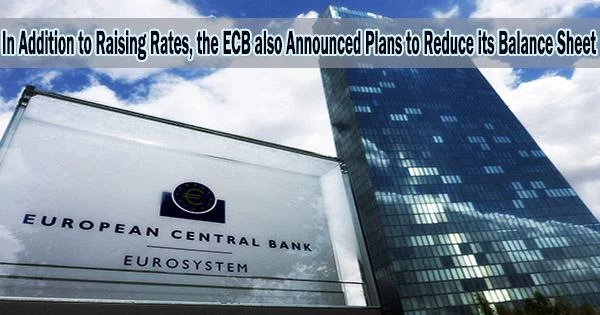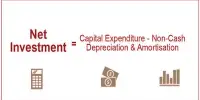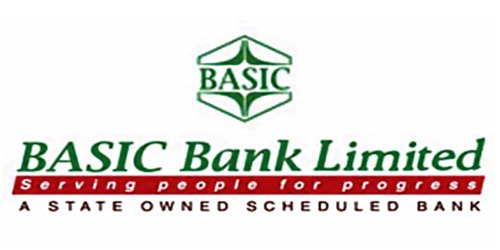At its meeting on Thursday (December 15, 2022), the European Central Bank (ECB) decided to raise interest rates only slightly, from 1.5% to 2%, but stated that in order to control inflation, rates would need to be raised “significantly” more.
Additionally, it stated that starting in March 2023, through the end of the second quarter of 2023, it will start to shrink its balance sheet by an average of 15 billion euros ($15.9 billion) per month.
More information about the reduction of its asset purchase program (APP) holdings will be announced in February, according to the statement, which also promised to periodically review the rate of decline to make sure it was consistent with its monetary policy strategy.
The widely expected 50 basis point rate rise is the central bank’s fourth increase this year. A basis point is equivalent to 0.01%.
It hiked by 75 basis points in October and September and by 50 basis points in July, bringing rates out of negative territory for the first time since 2014.
“The Governing Council judges that interest rates will still have to rise significantly at a steady pace to reach levels that are sufficiently restrictive to ensure a timely return of inflation to the 2% medium-term target,” the ECB said in a statement.
‘We’re not pivoting’
At a news conference following the announcement, ECB President Christine Lagarde said: “Anybody who thinks this is a pivot for the ECB is wrong. We’re not pivoting, we’re not wavering, we are showing determination and resilience in continuing a journey where we have. … If you compare with the Fed, we have more ground to cover. We have longer to go.”
“We’re not slowing down. We’re in for the long game.”
The central bank said it was working on euro zone inflation forecasts that had been “significantly revised up,” and sees inflation remaining above its 2% target until 2025.
It now expects average inflation of 8.4% in 2022, 6.3% in 2023, 3.4% in 2024 and 2.3% in 2025.
However, it sees a recession in the region being “relatively short-lived and shallow.”
It follows the release of the most recent data on inflation for the euro zone, which revealed a slight slowdown in price increases in November even though the annual rate remained at 10%.
Lagarde told CNBC’s Annette Weisbach, “One of the key messages, in addition to the hike, is the indication that not only will we raise interest rates further, which we had said before, but that today we judged that interest rates will still have to rise significantly, at a steady place.”
“It is pretty much obvious that on the basis of the data that we have at the moment, significant rise at a steady pace means we should have to raise interest rates at a 50 basis point pace for a period of time,” she said.
Regarding the announcement on quantitative tightening, she said the ECB wanted to follow the principles of being predictable and measured.
Its decision to make average 15 billion euro reductions in its APP over four months represents roughly half the redemptions over that period of time, and was based on advice from its market team and all central banks and other officials involved in its decision-making, Lagarde said.
“It seemed an appropriate number in order to normalize our balance sheet, bearing in mind that the key tool is the interest rate,” she added.
The ECB will reduce its holdings by delaying the reinvestment of all principal payments from securities that are about to mature in its 5 trillion euro bond portfolio.
The euro rose from a 0.5% loss against the dollar to a 0.4% gain following the announcement, but European equities in the Stoxx 600 index dropped 2.4%.
Hawkish message
The U.S. Federal Reserve on Wednesday increased its main rate by 0.5 percentage point, as did the Bank of England and the Swiss National Bank on Thursday morning.
“In contrast to the Bank of England, this is a hawkish hike, given the language on quantitative tightening and a definitive start date,” said analysts at BMO Capital Markets.
They did point out that reinvestments under the ECB’s current emergency purchase program would resume on despite the fact that it was taking longer than other central banks to reduce its balance sheet.
“The language in the statement has an operational feel to it, and the Bank is leaving the path of QT open-ended,” they wrote in a note.
Antoine Bouvet, senior rates strategist at ING, also described the announcement as “hawkish.”
“The main take away from this meeting was higher than expected inflation projections and so the need for the ECB to hike more than anticipated by the market,” he said by email.
“Lagarde clearly guided the market to anticipate more 50 basis point hikes, in February and in March, and pushed back against the notion that it will be able to cut rates any time soon. The upshot as you might expect is a surge in front-end bond yields, but I think it is the whole curve that needs to move higher.”
“The QT announcement was more specific than I would have expected with a size and an earlier start date. This also adds to upside in bond yields, especially peripheral bonds, but it is worth keeping in mind that most European bond markets see greater net supply next year after ECB intervention so this is relevant for all countries,” he said by email.
















